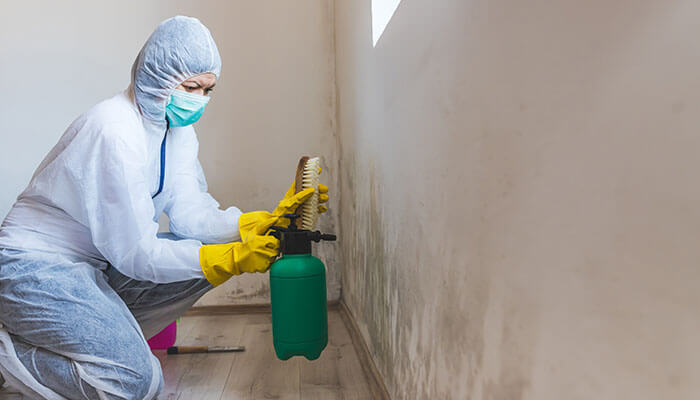Mold growth in indoor environments poses a significant health risk and can cause damage to buildings and personal belongings. It is crucial to address mold infestations promptly and effectively.
This article aims to provide a comprehensive understanding of mold remediation by outlining the necessary steps to identify the signs of mold growth, assess the severity of the problem, choose the appropriate remediation method, and prevent future mold growth.
Understanding the intricacies of Memphis mold remediation is essential for property owners, tenants, and professionals in the field to ensure safe and healthy indoor environments. By adhering to proven methods and preventive measures, individuals can effectively eliminate mold and mitigate its potential risks.
Identifying the Signs of Mold Growth
The presence of mold growth can be detected through visible signs such as:
- Black or green patches on walls and ceilings
- A musty odor
- The formation of condensation on windows and other surfaces
These signs indicate the presence of excessive moisture, which is essential for mold growth.
Identifying these signs early on is crucial for prompt mold remediation, as prolonged exposure to mold can lead to:
- Health issues
- Structural damage
Assessing the Severity of the Mold Problem
Assessing the severity of the mold problem involves conducting a thorough inspection and analysis of the affected area to determine the extent of contamination and potential health risks.
This process typically includes examining visible signs of mold growth, such as discoloration and musty odors, as well as identifying hidden mold sources through techniques like moisture mapping and air sampling.
By accurately assessing the severity of the mold problem, appropriate remediation measures can be implemented to ensure the safety and well-being of occupants.
Choosing the Right Mold Remediation Method
One crucial aspect to consider when dealing with a mold problem is selecting the most suitable method for remediation. There are several options available, including physical removal, encapsulation, and chemical treatments.
Physical removal involves physically removing the mold from surfaces using tools such as brushes or scrapers.
Encapsulation involves applying a sealant to prevent the mold from spreading.
Chemical treatments involve using chemicals to kill the mold and prevent it from coming back.
The choice of method depends on factors such as the severity of the mold problem and the type of surfaces affected.
Preventing Future Mold Growth
To ensure a mold-free environment, implementing effective moisture control measures is essential. These measures include:
- Identifying and fixing any sources of moisture, such as leaks or condensation.
- Proper ventilation to remove excess moisture from the air.
Regularly inspecting and maintaining the building’s plumbing and HVAC systems can help prevent future mold growth.
Keeping indoor humidity levels below 60% and using dehumidifiers in damp areas can further inhibit mold development.
Conclusion
In conclusion, mold remediation is a crucial process that involves:
- Identifying and assessing the signs and severity of mold growth.
- Selecting the appropriate remediation method to effectively eliminate mold and prevent future growth.
By understanding the signs of mold and implementing the necessary measures, individuals can ensure a safe and healthy environment.
Taking proactive steps to address mold issues is essential for:
- Maintaining the well-being of individuals.
- Preventing potential health risks associated with mold exposure.


